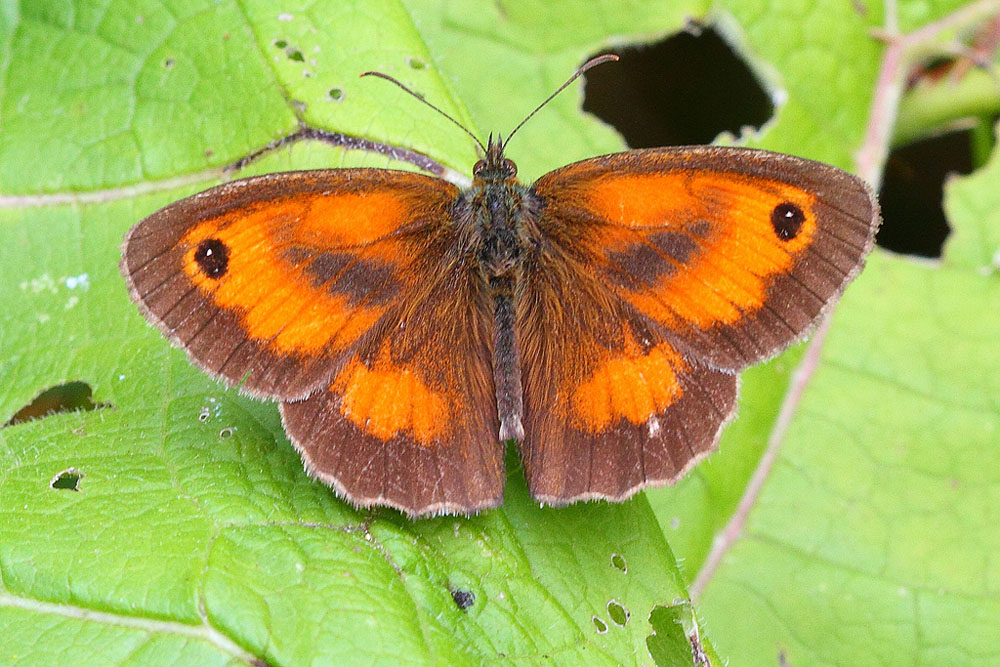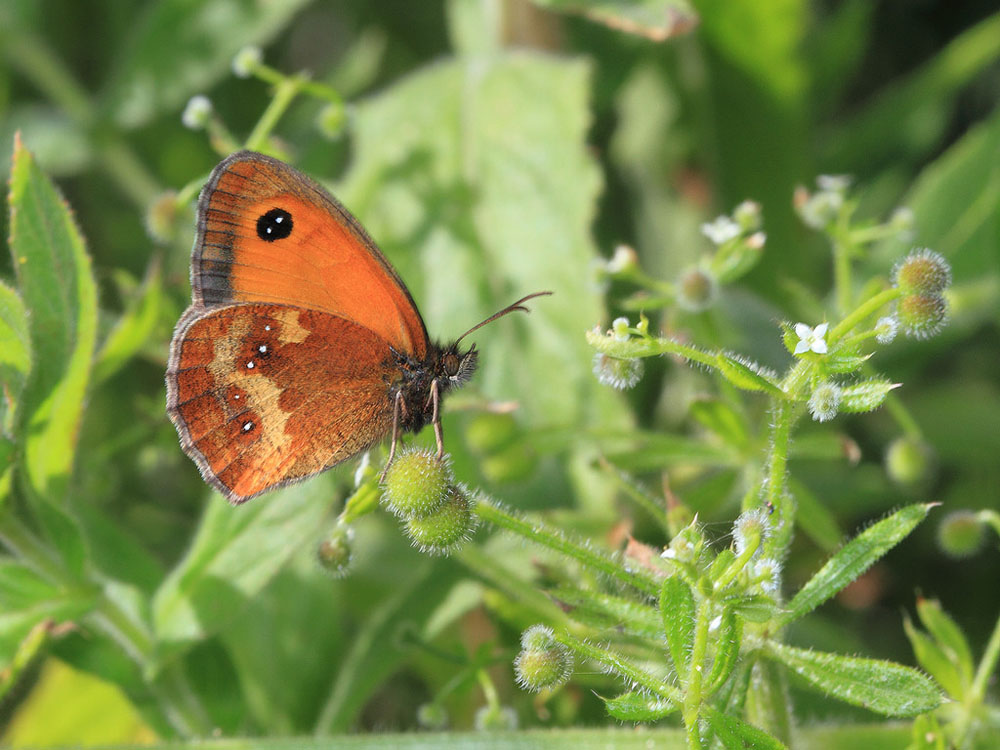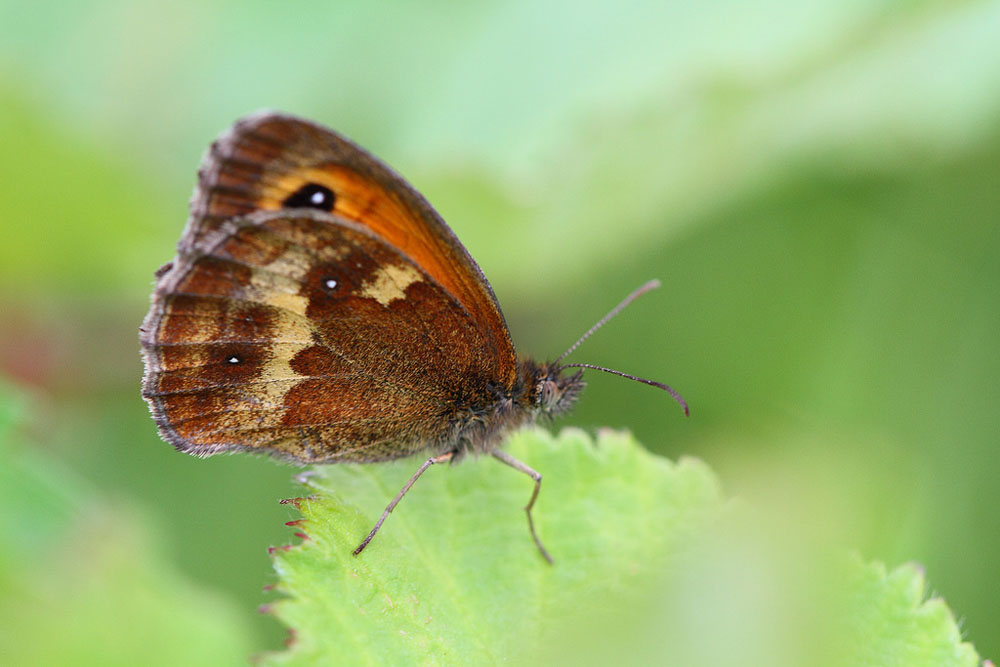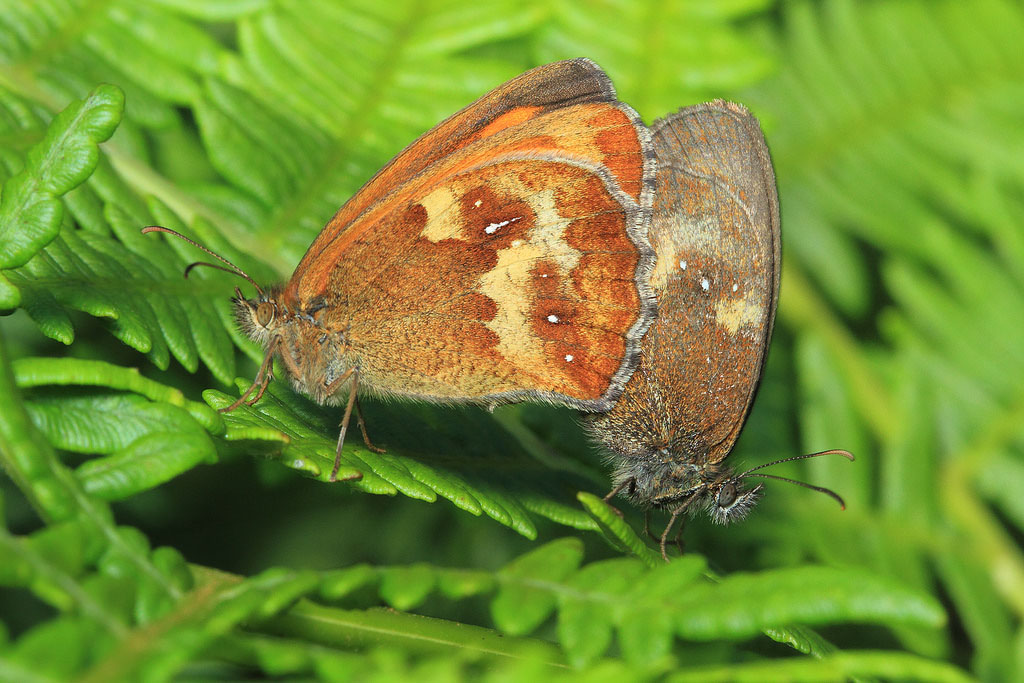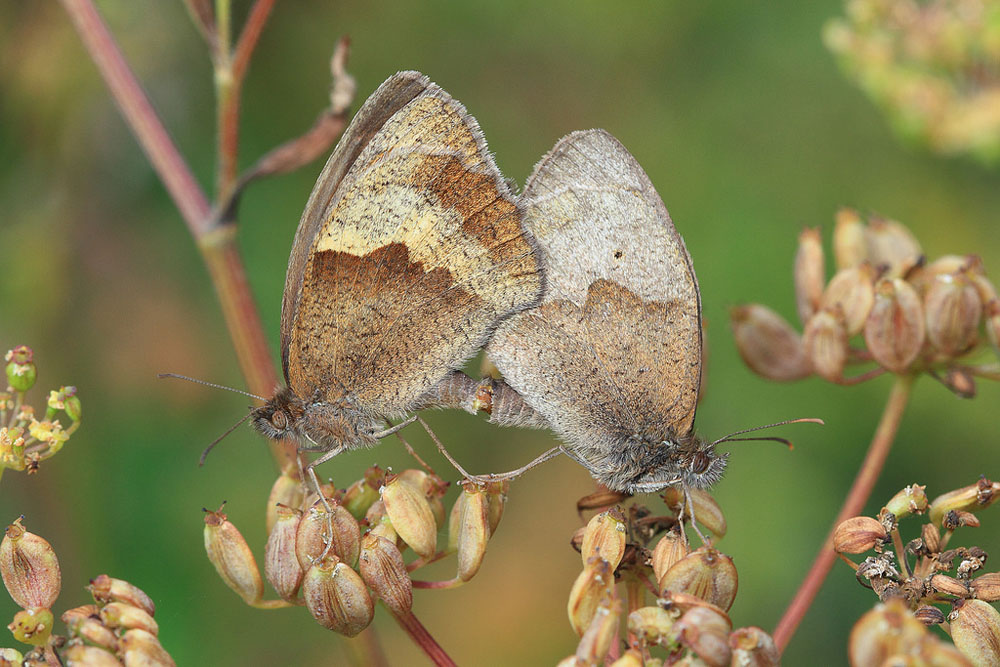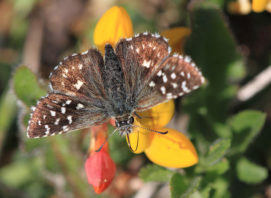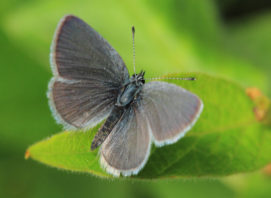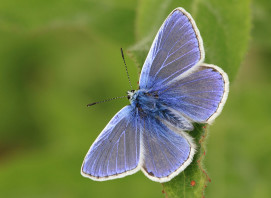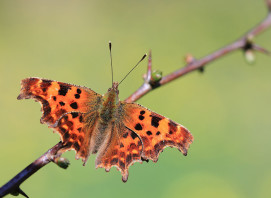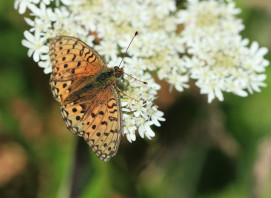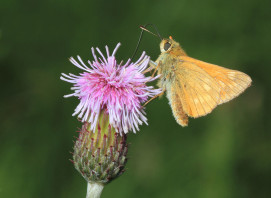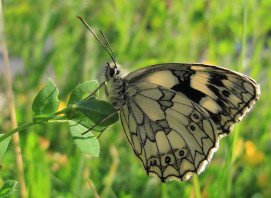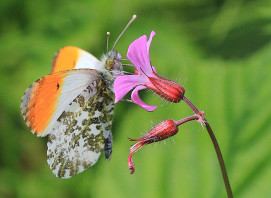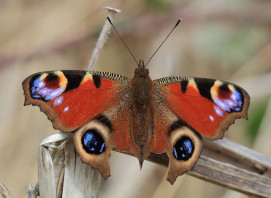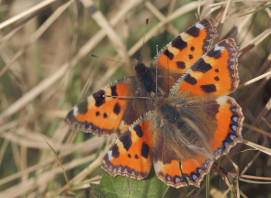Gatekeeper
Every five-years or so, Butterfly Conservation and its partners publish a ‘state of the nation’ assessment of the UK’s butterflies. These influential reports set out the key results for butterfly species, highlight the implications of recent research and policy initiatives, and make recommendations for the conservation of UK butterflies and wider biodiversity.
It makes for pretty depressing reading indicating that overall, ‘76% of the UK’s resident and regular migrant butterfly species declined in either abundance or occurrence (or both) over the past four decades. By comparison, 47% of species increased in one or both measures. This is of great concern not just for butterflies but for other wildlife species and the overall state of the environment’.
Butterfly Conservation – The State of Britain’s Butterflies
The report then goes on to state that, ‘ten-year trends show that 52% of species decreased in abundance and 47% decreased in occurrence. While this indicates a generally improving situation, the declines of some threatened species (e.g. Wood White, White Admiral) show little signs of abating and, worryingly, populations of some common species (e.g. Gatekeeper, Essex Skipper) have dwindled in recent years. Even for those species where declines have recently been halted, population levels and distributions are much smaller than they once were. The conservation of the UK’s butterflies remains an enormous challenge’.
I must admit to being surprised with some of the report’s findings. For example, take the Gatekeeper, there were more sightings of this species than any other butterfly reported in 2015, making it the most common species for 2015. Certainly, from my own point of view I had no problem finding them ‘at it’ in abundance. So let’s hope that next year the stats will be more optimistic although with all the excessive rain of November and December it doesn’t look good.

